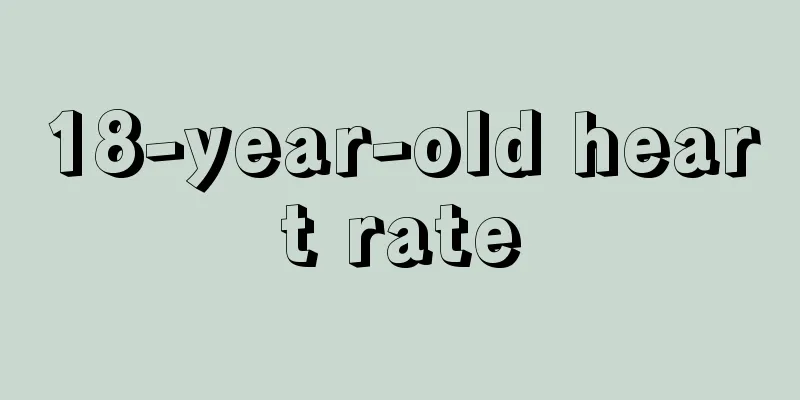Cranial nerve function examination

|
We all know that the human nervous system is very important to humans. Many actions in life require the control of the nervous system to be completed. The nervous system controls almost all human actions, so the nerve function must not be damaged. When human behavior is not controlled by consciousness, it is necessary to do some functional tests on the nervous system. So which nerve functions need to be checked? Normal value There are many items included in the cranial nerve examination, and only some of them are listed here, such as: auditory nerve examination: normal hearing, able to correctly distinguish the sounds heard, no eye tremor, eyes closed walking test, walking test, and positional nystagmus examination are all normal and can stand with eyes closed. Motor examination of the facial nerve: no asymmetry of the facial muscles during rest, speech, and facial expressions. For more details, please visit the various sub-examinations of cranial nerve examination. Clinical significance Abnormal results: The cranial nerve examination includes many items. The abnormal results of various examinations indicate lesions in different parts of the brain and different nerves. For details, please browse the various sub-examinations of the cranial nerve examination. People who need to be examined: patients with symptoms such as facial pain and hearing abnormalities. Precautions Unsuitable people: None Pre-examination contraindications: Maintain normal diet and rest time. Requirements during examination: Try to relax your facial muscles when the doctor is examining you, don't be too nervous, and actively cooperate with the doctor's work. Inspection process There are many items in cranial nerve examination, only a few are listed here: (1) Olfactory nerve examination: The sensitivity of the sense of smell can be understood through questioning. (2) Visual field examination: Visual field refers to the range that the patient can see when looking straight ahead without moving his eyes. (3) Trigeminal nerve examination: The trigeminal nerve has both motor and sensory functions. The examination includes facial sensation, motor function, corneal reflex and jaw reflex. (4) The facial nerve examination consists of two parts: movement and taste. (5) The auditory nerve examination includes hearing test and vestibular function test, which is used to determine whether there is any lesion in the cochlear and vestibular nerve. |
>>: How to prevent tuberculosis_How to prevent tuberculosis
Recommend
How to read the urine routine test results for nephritis
A routine urine test can help you understand whet...
Can metastatic rectal cancer be cured?
If we do not maintain good eating habits in our l...
What flowers are suitable for growing indoors? Just choose these!
There are many benefits to growing flowers at hom...
How to deal with stomach bloating caused by liver cancer? Understand the causes of stomach bloating caused by liver cancer
Stomach bloating caused by liver cancer may be du...
What causes pain when bending the knee
Some middle-aged friends may have a question, tha...
What are the emergency treatment methods for lung cancer?
What are the best emergency treatment methods for...
Will vocal cord polyps disappear automatically?
Some people don't care about polyps on the vo...
What are the symptoms of endometrial cancer? Pay attention to these situations
Endometrial cancer is a uterine problem. Patients...
Can a leather bag be wiped with alcohol?
A handbag is something that men or women carry wi...
Introduction to commonly used clinical examination methods for colorectal cancer
After the symptoms of suspected colorectal cancer...
What are the symptoms of cerebral blood vessel obstruction
The human brain is the most important because it ...
Why do I sweat for no reason?
Many people have questions about why they sweat f...
The harm of fluorescent whitening agent to human body
Fluorescent brightener is a white dye that is oft...
One dragon fruit every day
When eating fruit, you should pay attention to th...
What are the early symptoms of lung cancer
What are the early symptoms of lung cancer? The e...









